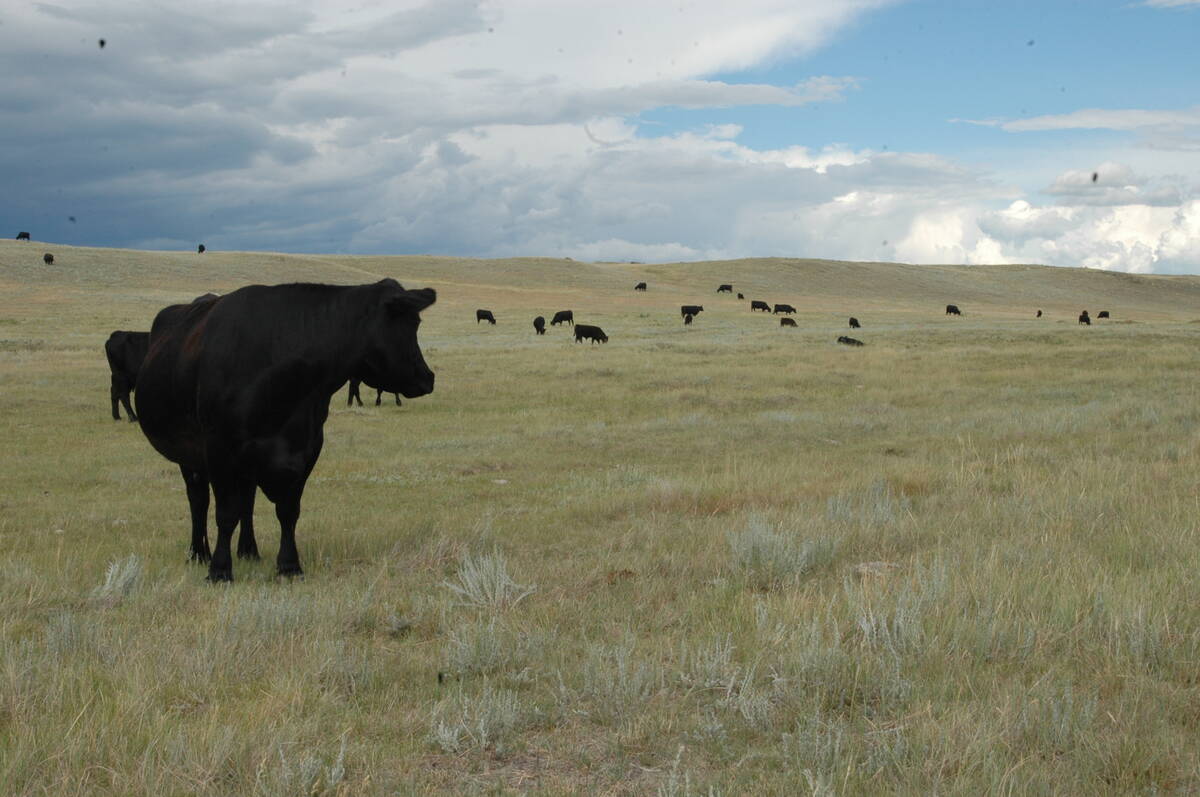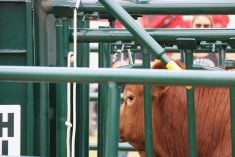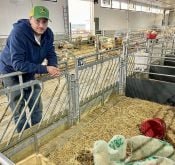FED PRICES RISE
Heifers saw a good volume of live sales while live steer trade was limited.
Steers in Alberta averaged $107.21 per hundredweight, up $1.80 and heifers averaged $106.90, up $1.90.
Rail grade steers in Alberta were $178-$179.85
Light trade in Saskatchewan saw prices 75 cents higher.
Interest from American buyers was light and the Alberta cash-to-cash basis narrowed to -$5.72.
Volume of 22,032 head was down six percent from the previous week.
Federally inspected western Canadian slaughter to Aug. 13 was under 38,000 head, up one percent.
Read Also

Canadian Food Inspection Agency slammed for handling of bovine tuberculosis case
The federal government leans heavily on producers to “take one for the team” and risk their livelihoods without any reassurance of support.
Weekly fed exports to Aug. 6 at 5,073 head were down 14 percent. So far this year, exports are down 39 percent.
Feedlots are current in their marketing, but demand into September usually falls.
COWS EDGE HIGHER
D1, D2 cows were $65-$78 to average $71.25, up 12 cents from the previous week. D3 cows were $57-$69 to average $63.83, up 52 cents.
Rail grade cows were steady at $136-$140.
Butcher bulls were steady.
Weekly non-fed exports were down nine percent.
With cows starting to come off of
grass and older pairs being split at auction, prices could struggle to hold ground in coming weeks.
FEEDER PRICES CLIMB
Strengthening fed cattle prices, softening grain futures, a moderate offering and strong demand lifted feeder prices.
The average steer price rose $2.99 per cwt. and heifers rose $3.35.
Yearling marketings were slow, potentially stalled by field work and good range conditions, but appear to be picking up speed.
Demand for bunk replacements and speculation of a tight yearling supply boostedsteers and heifers 700 pounds and heavier by $2-$4.
Reported auction volumes totalled 13,595, down 55 percent.
Weekly feeder exports to Aug. 6 totalled 2,281 head, up 81 percent from the previous week.
Worries about the global economy weighed on cattle futures and that could weaken the yearling market.
However, early price signals for calves are encouraging. Values should strengthen in coming weeks once higher quality pricing can be established.
BEEF STRONGER
Cutout values traded sharply higher on moderate demand and light offering. Canadian cutouts for the week ending Aug. 12 traded generally $5.50 higher.
AAA was $172.16, up from $166.76 the week before and AA was $168.95, up from $163.20. Montreal wholesale for delivery this week was $2 higher to $195-197 per cwt.
U.S. Choice cutouts rose to $186.79 US per cwt., up from $179.81 and Select was $183.69, up from $176.53.
U.S. CATTLE ON FEED
The drought in the southern U.S. pushed more cattle into feedlots.
The U.S. Department of Agriculture said placements in July soared 22 percent, well above the expected 17.3 percent. Placement weights were lighter than expected. The news was expected to weaken December cattle futures.
The total number of cattle in feedlots Aug. 1 rose eight percent from a year ago to 10.6 million, the most since August 2006. The trade expected a 7.3 percent increase.
Marketings were steady with last year, while analysts had expected a 3.5 percent decline.
This cattle market information is selected from the weekly report from Canfax, a division of the Canadian Cattlemen’s Association. More market information, analysis and statistics are available by becoming a Canfax subscriber by calling 403- 275-5110 or at www.canfax.ca.














